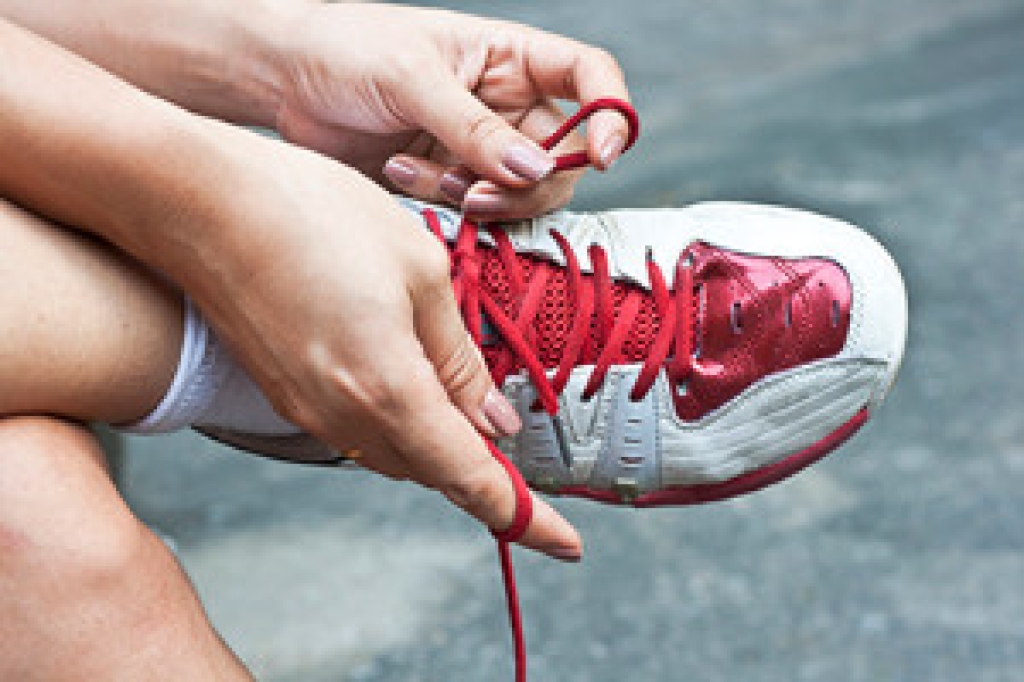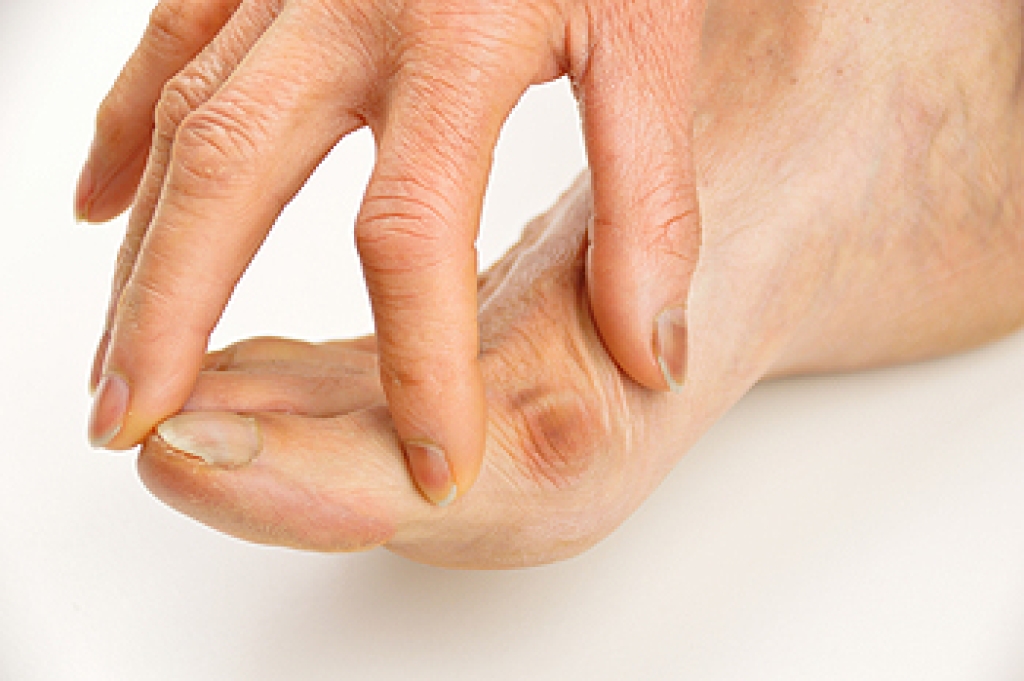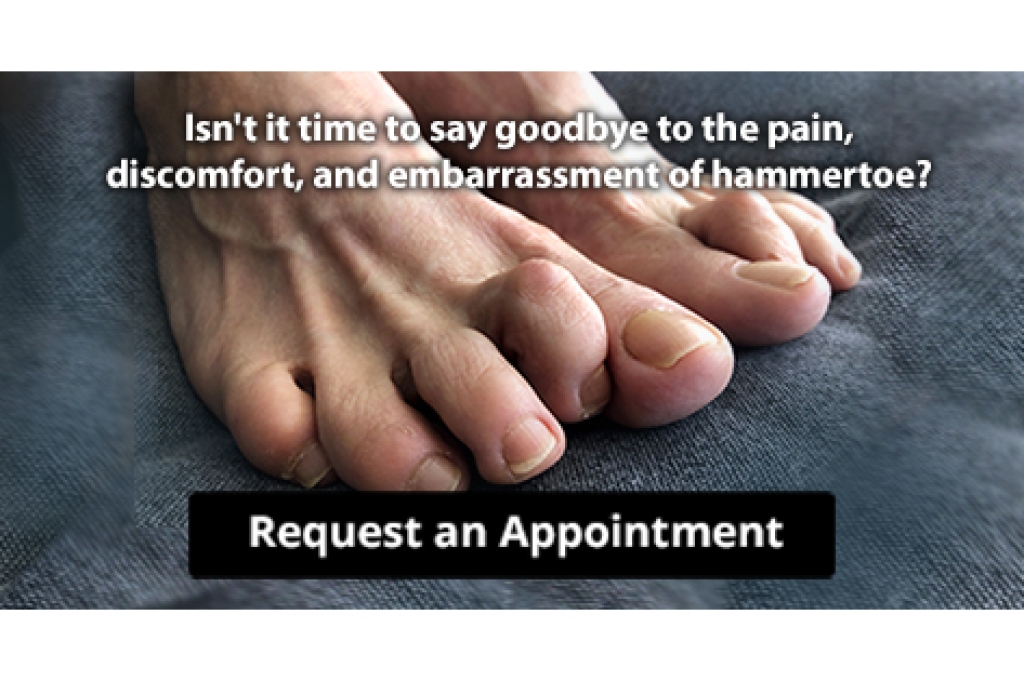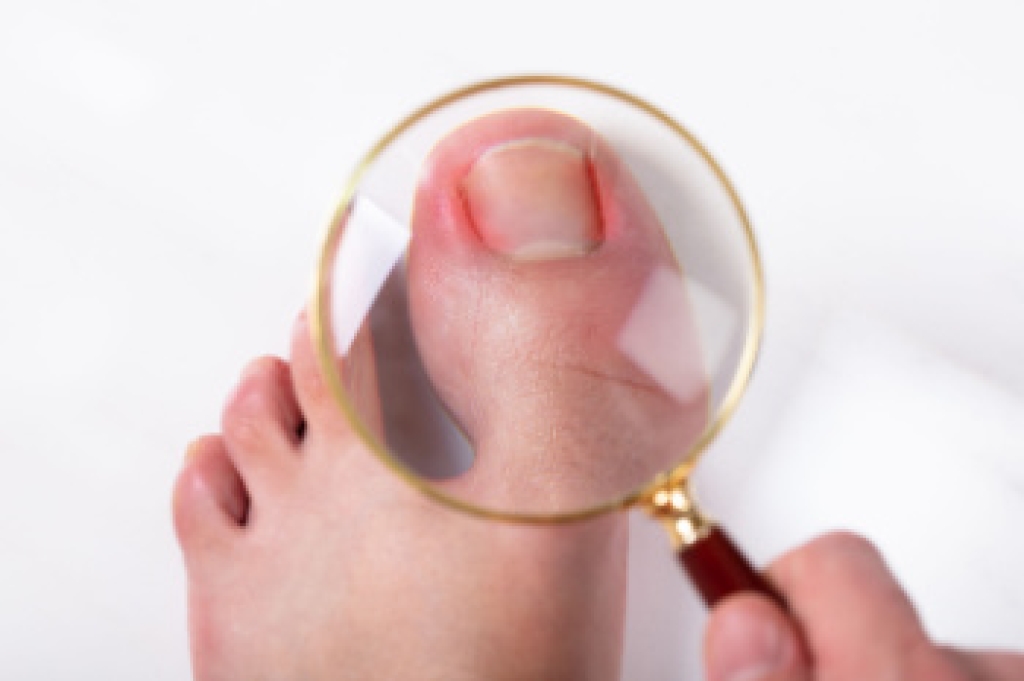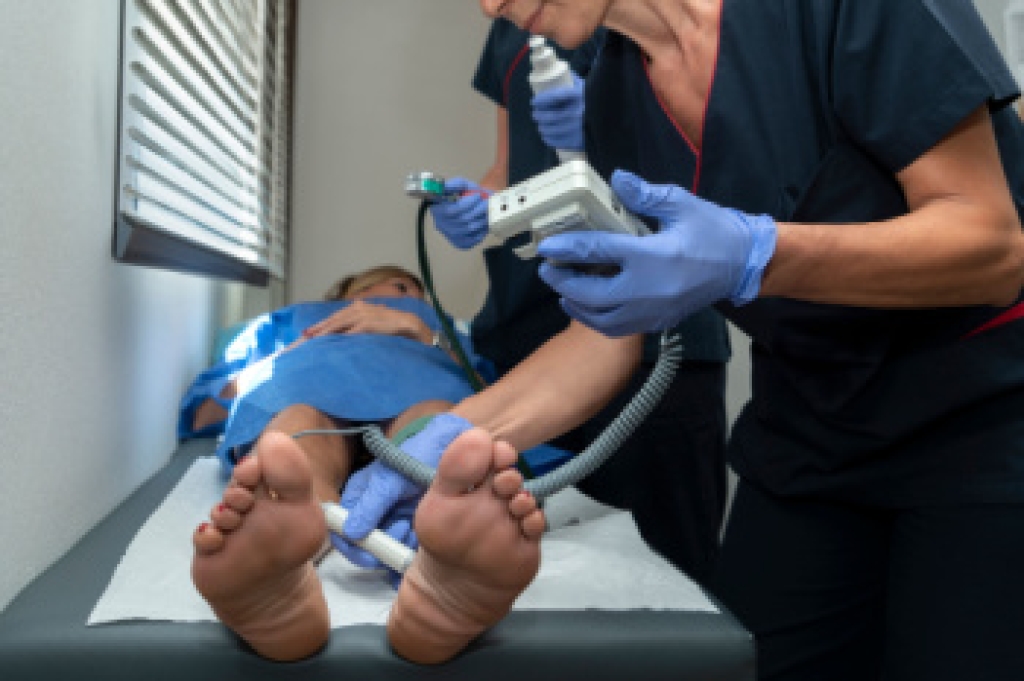
An ankle brachial index test, often called an ABI, is a simple, noninvasive way to measure how well blood is flowing to your legs and feet. It compares the blood pressure in your ankle to the blood pressure in your arm. When these numbers are evaluated together, they can show whether circulation is reduced, which is a key sign of peripheral artery disease. The test is quick, comfortable, and performed in many podiatry offices. This evaluation is especially important for people who experience leg cramps while walking, have slow-healing wounds, or live with conditions such as diabetes or vascular disease. By identifying circulation problems early, providers can recommend treatments or lifestyle changes that help protect long-term mobility and prevent serious complications. If you notice leg pain, cold feet, or wounds that are not healing, it is suggested that you see a podiatrist for proper testing and guidance.
Vascular testing plays an important part in diagnosing disease like peripheral artery disease. If you have symptoms of peripheral artery disease, or diabetes, consult with Carrie Frame, DPM from West Virginia Foot & Ankle. Our doctor will assess your condition and provide you with quality foot and ankle treatment.
What Is Vascular Testing?
Vascular testing checks for how well blood circulation is in the veins and arteries. This is most often done to determine and treat a patient for peripheral artery disease (PAD), stroke, and aneurysms. Podiatrists utilize vascular testing when a patient has symptoms of PAD or if they believe they might. If a patient has diabetes, a podiatrist may determine a vascular test to be prudent to check for poor blood circulation.
How Is it Conducted?
Most forms of vascular testing are non-invasive. Podiatrists will first conduct a visual inspection for any wounds, discoloration, and any abnormal signs prior to a vascular test.
The most common tests include:
- Ankle-Brachial Index (ABI) examination
- Doppler examination
- Pedal pulses
These tests are safe, painless, and easy to do. Once finished, the podiatrist can then provide a diagnosis and the best course for treatment.
If you have any questions please contact our office located in Charleston, WV . We offer the newest diagnostic and treatment technologies for all your foot and ankle needs.
